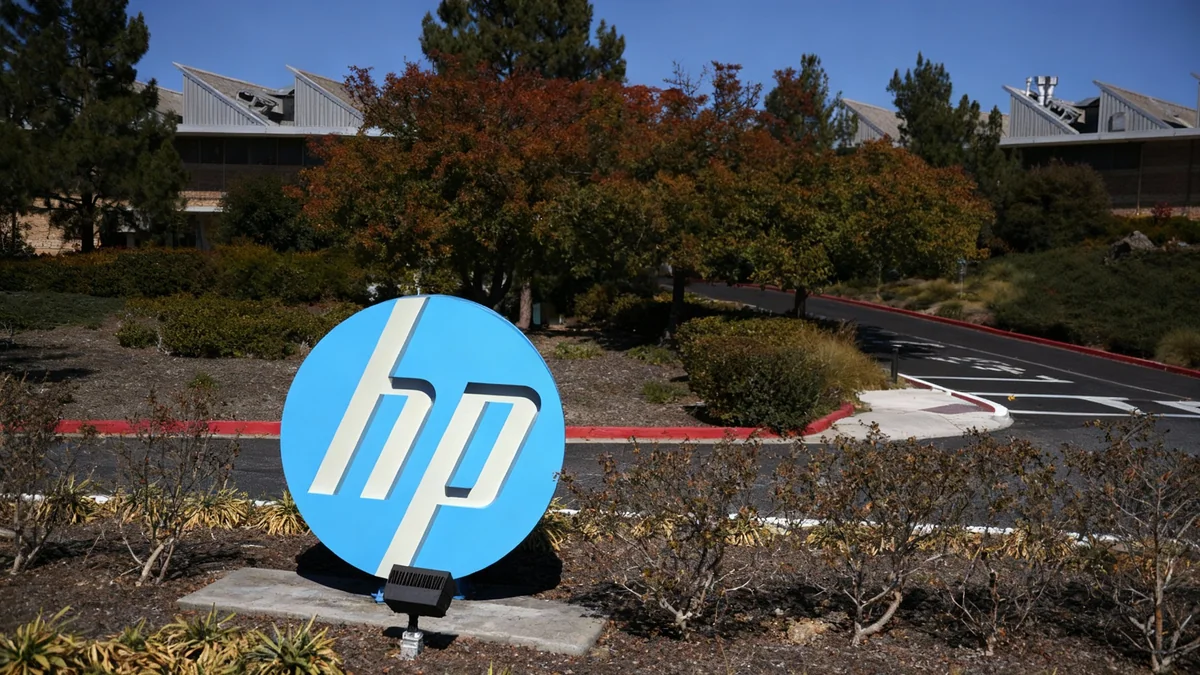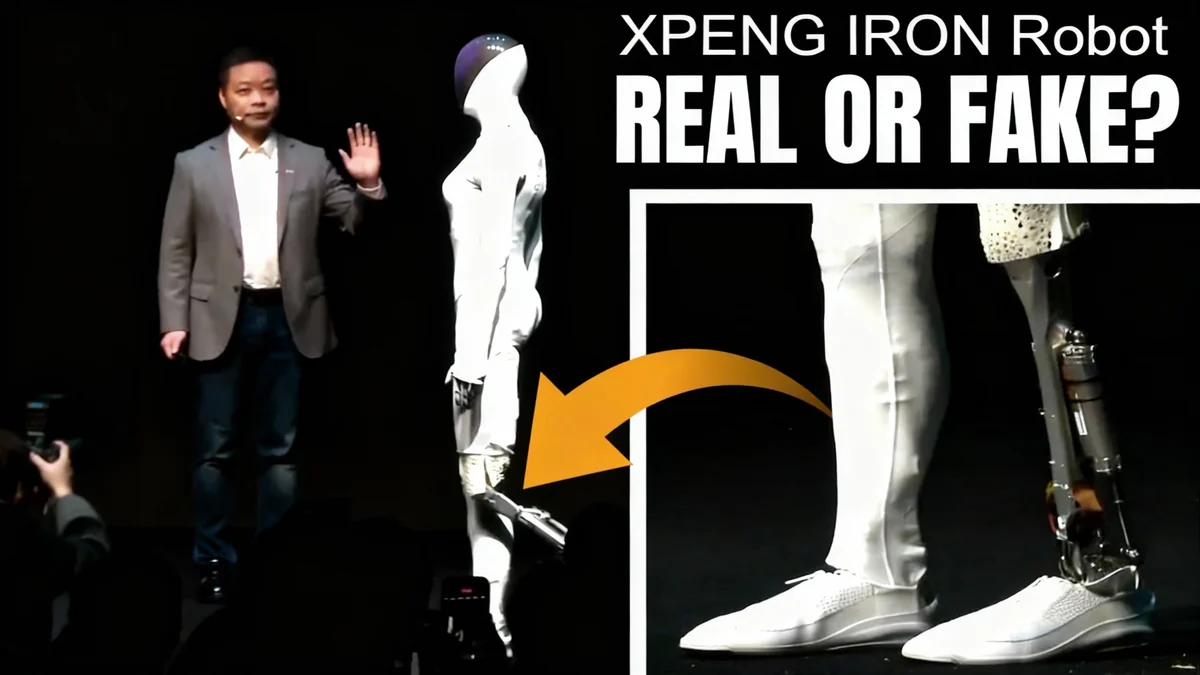The modern job market presents a significant challenge for applicants, as automated systems increasingly manage the hiring process. Many job seekers report submitting hundreds of applications with minimal human interaction, a situation driven by the widespread use of Artificial Intelligence (AI) in recruitment. This has led to extremely low response rates and prolonged job searches, fundamentally changing the dynamics of finding employment.
Key Takeaways
- Job seekers are experiencing historically low response rates, with some platforms showing success rates below 5%.
- Applicant Tracking Systems (ATS), often powered by AI, filter the vast majority of resumes before a human sees them.
- The rise of AI-generated resumes and cover letters is creating a high volume of low-quality applications, making it harder for qualified candidates to stand out.
- Data indicates that job searches are taking longer, with many professionals reporting it takes over nine months to secure a new position.
- Networking and direct human connection remain the most effective strategies for bypassing automated screening systems.
The New Reality of Job Applications
The process of applying for a job has transformed. Instead of reaching a hiring manager directly, most applications are first processed by an Applicant Tracking System (ATS). These software platforms are designed to sort, rank, and manage large volumes of candidates for recruiters.
Initially created to streamline hiring, many older ATS platforms are now overwhelmed. The proliferation of AI tools allows applicants to generate and submit customized resumes and cover letters for hundreds of jobs with ease. This has created an unprecedented volume of applications for every open role, making it difficult for recruiters to manage the influx.
What Are Applicant Tracking Systems?
An ATS is a software application that enables the electronic handling of recruitment and hiring needs. An ATS can be used to post job openings on a corporate website or job board, screen resumes, and generate interview requests to candidates by email. These systems are used by over 98% of Fortune 500 companies.
As a result, many qualified candidates find their applications lost in a digital void. An application status might change from "received" to "under consideration," but this is often an automated step. Within days, that same application can be buried under thousands of others, never receiving human review.
Data Shows a Challenging Job Market
Recent statistics paint a clear picture of the difficulties job seekers face. The low probability of receiving a response forces applicants to play a numbers game, often applying for hundreds of positions to secure a handful of interviews.
Job Search by the Numbers
A survey of 500 job seekers by the coaching service CareerSprout found that 85% of respondents reported their job search took nine months or longer. Furthermore, 63% said they had to apply to more than 337 jobs to receive an offer, indicating a conversion rate of just 2% from application to interview.
Data from other platforms confirms these low engagement rates. A Q2 2025 analysis published by huntr.co examined response rates from major job boards:
- Indeed: 4.7% response rate
- ZipRecruiter: 3.8% response rate
- LinkedIn: 3.3% response rate
These figures highlight that for every 100 applications sent, a candidate can expect to receive fewer than five responses, on average. This environment has led to widespread frustration among job seekers who feel their qualifications are being overlooked by algorithms.
The AI Arms Race in Recruitment
The hiring process has evolved into a cycle where AI tools are used on both sides. While companies use AI to filter candidates, applicants are now using AI to get past the filters. This has led to an industry of services that promise to optimize resumes with keywords and even apply to hundreds of jobs automatically on a person's behalf.
However, this approach often contributes to the problem it claims to solve. By flooding the market with more AI-generated content, these services increase the "noise" that recruiters must sift through, further devaluing individual applications and increasing reliance on automated screening.
Risks of Relying on AI for Applications
While generative AI tools like ChatGPT can be helpful for drafting cover letters or refining resume points, they are not without significant risks. Users have reported instances where AI models misinterpret job descriptions, leading to embarrassing errors.
For example, when asked to tailor a resume for an aerospace firm, one AI model confused the term "competitive environment" with "environmental reporting," inserting an irrelevant and inaccurate skill into the applicant's cover letter.
Another documented issue is AI "hallucination," where the model invents a completely fictitious work history. In one case, an AI tool combined stray information from a user's previous queries to create a resume with fake job titles, fabricated responsibilities, and degrees from universities the person never attended. Such errors could immediately disqualify a candidate if submitted.
Navigating the Modern Job Search
Given the challenges posed by automated systems, experts and job coaches agree that traditional methods of networking are more critical than ever. The most effective strategy is often to bypass the ATS entirely.
Making a direct connection with a human at the target company—whether a recruiter, a hiring manager, or a current employee—dramatically increases the chances of an application being seen. Referrals continue to be one of the most powerful tools for securing an interview.
This can be difficult when applying to companies with generic or confusing names, a common trend in the tech sector. However, leveraging professional networks like LinkedIn to find and connect with individuals at these firms remains a primary strategy for success in a job market increasingly dominated by algorithms.





